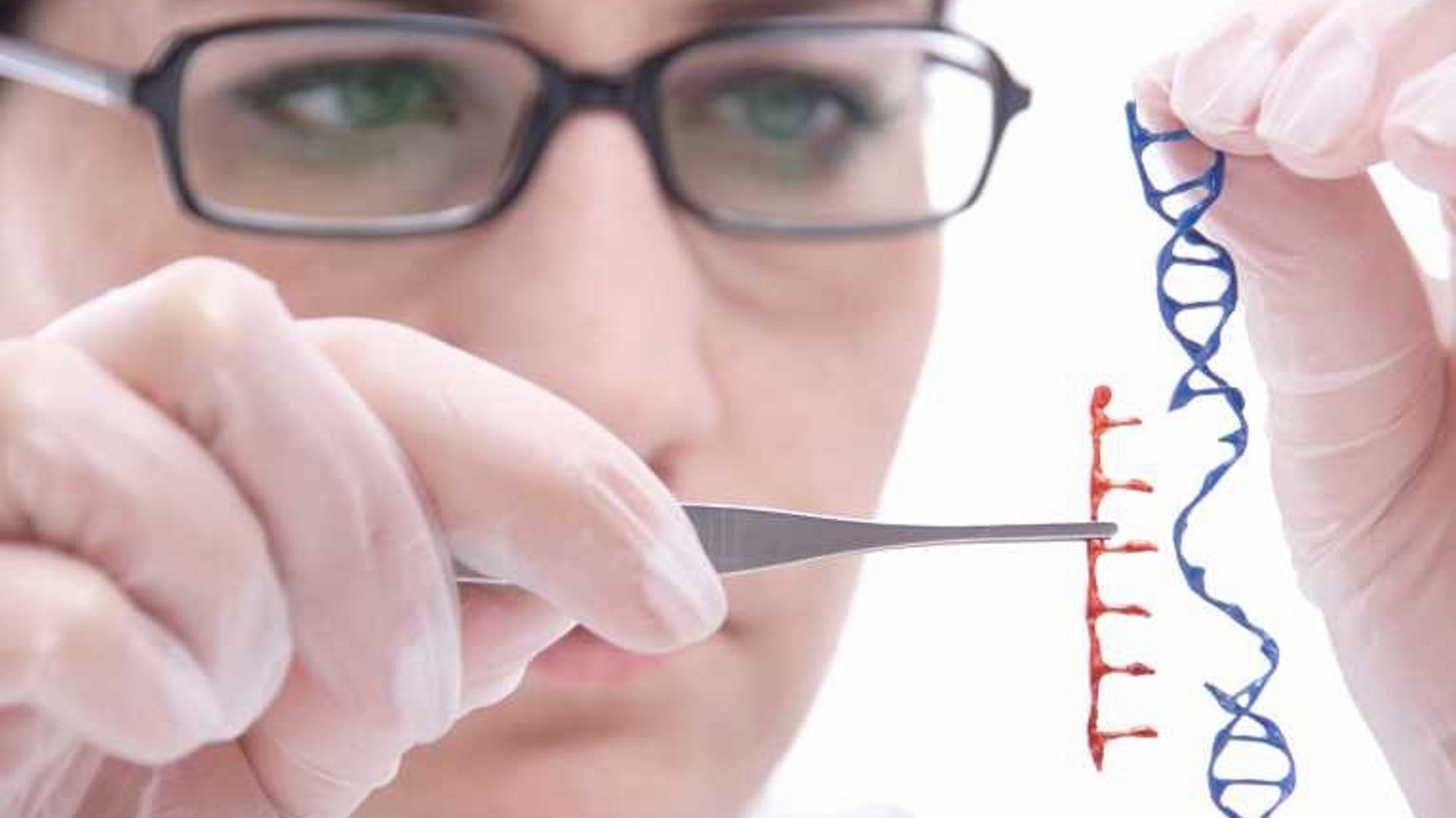New Technology Could Fix Many Genetic Mutation Disorders & Diseases

There are more genetic diseases or disorders than most of us know of. Most of us are familiar with some of them such as Down’s Syndrome, cycle-cell anemia, Tay-Sachs, cystic fibrosis, Huntington’s disease and perhaps Marfan syndrome, but you may be surprised to learn that there are 16,741 known genetic disorders.
My oldest daughter has a very rare non-hereditary genetic disorder known as McCune Albright Syndrome (MAS). It is caused by a somatic mutation of the GNAS gene. This gene controls the production of part of a protein that influences many cell functions. Typical symptoms of MAS include bone pain, precocious puberty, reduced bone mineral density, wine spots on the skin, skeletal dysplasia, abnormality of dental enamel, tumors, hormone imbalance including over production of growth hormone, Cushing’s disease and loss of vision.
My daughter is 41, legally blind, has had two tumors (one of which regrew after being removed), fibrous dysplasia in her nostril and jaw, Cushing’s and excess growth and other hormones that caused her to grow 1 ½ inches in height in her mid-30s.
At her stage and age, it would be difficult to genetically fix the problem, but if diagnosed younger, it would have been great to know that her condition could have been fixed by correcting the mutation that caused it and that’s just what seems to be on the horizon with a new technology known as CRISPR.
CRISP (Clustered Regularly Interspaced Short Palindromic Repeat) itself is not that new. There seems to be some conflict in the literature as who and when developed CRISPR but it seems to go back to around 1987. Since that time, many advances have been made with the technology leading to a new announcement about the possibility of being able to use CISPR to correct some genetic mutational disorders during embryonic development.
“Since the start of the CRISPR craze 5 years ago, scientists have raced to invent ever-more-versatile or efficient variations of this powerful tool, which vastly simplifies the editing of DNA. Two studies published in Science and Nature this week broaden CRISPR’s reach further still, honing a subtler approach to modifying genetic material that’s called base editing. One study extends a strategy for editing DNA, whereas the other breaks new ground by base editing its molecular cousin, RNA.”
“Both open new avenues for genetic research and even curing diseases. ‘One shouldn’t view base editors as better than CRISPR—they’re just different,’ says David Liu, a chemist at Harvard University who pioneered DNA base editing in a paper in Nature last year and co-authored the latest Nature paper. ‘It’s like, what’s better, a boat or a car?’”
“CRISPR, adapted from a primitive bacterial immune system, does its handiwork by first cutting the double-stranded DNA at a target site in a genome. Base editing, in contrast, does not cut the double helix, but instead uses enzymes to precisely rearrange some of the atoms in one of the four bases that make up DNA or RNA, converting the base into a different one without altering the bases around it. That ability greatly increases the options for altering genetic material. ‘It’s a very worthwhile addition and it’s here to stay,’ says CRISPR researcher Erik Sontheimer of the University of Massachusetts Medical School in Worcester.”
The way CRISPR and other similar techniques are advancing, the only thing that will keep the technology from correcting many genetic disorders is being able to develop the tests needed to detect the mutations in early embryonic development and the possible cost. Otherwise it could be used to prevent children from being born with Down’s syndrome, cystic fibrosis, cycle-cell anemia and so many other debilitating disorders. Perhaps someday it could even be used to prevent McCune Albright Syndrome. One can only hope and pray.








Recent Comments